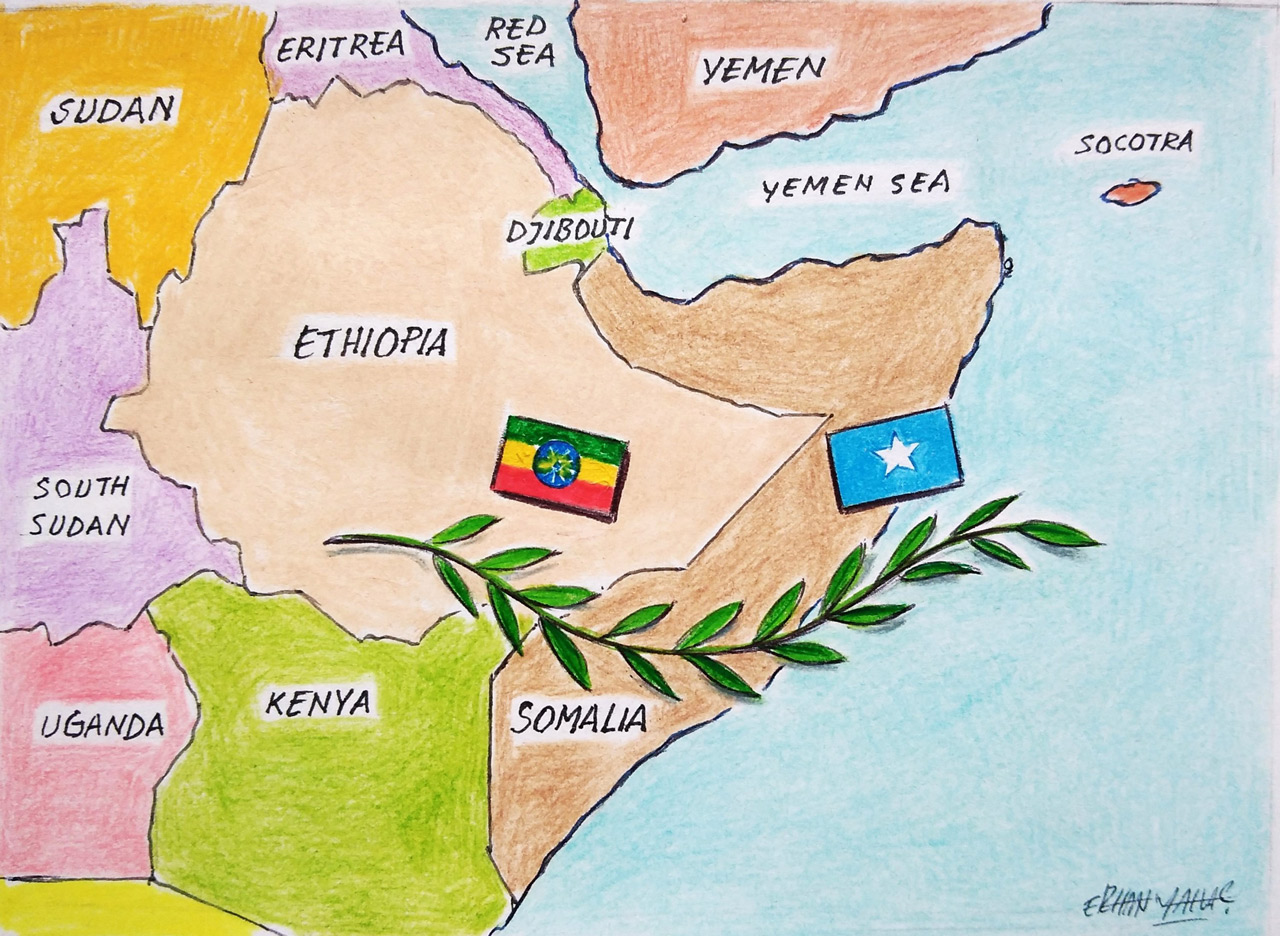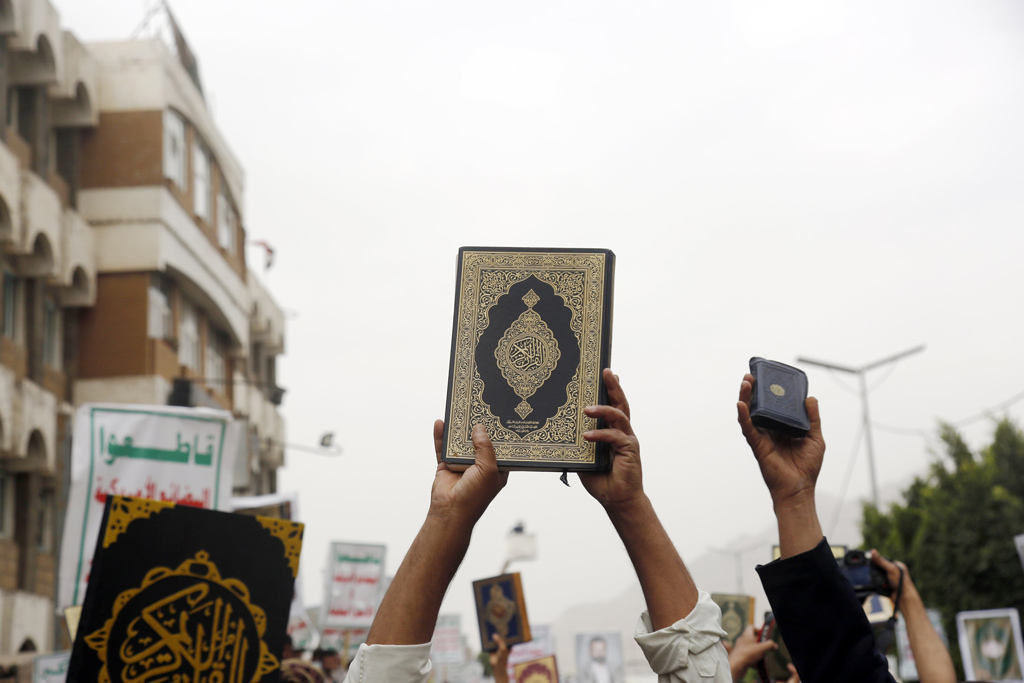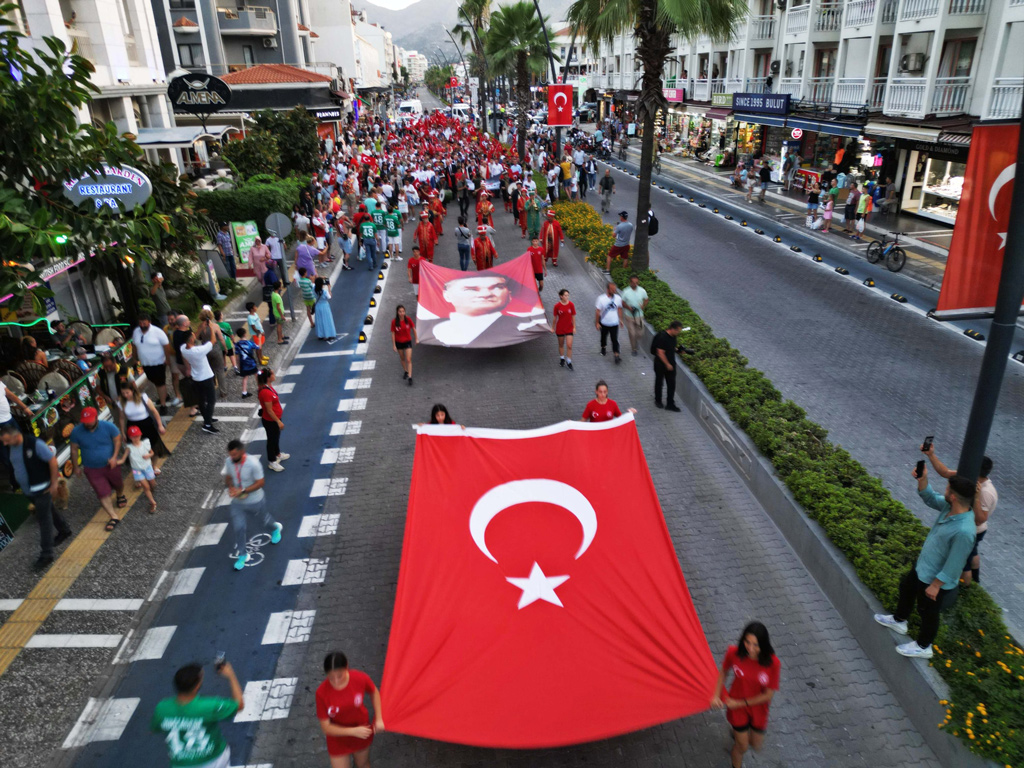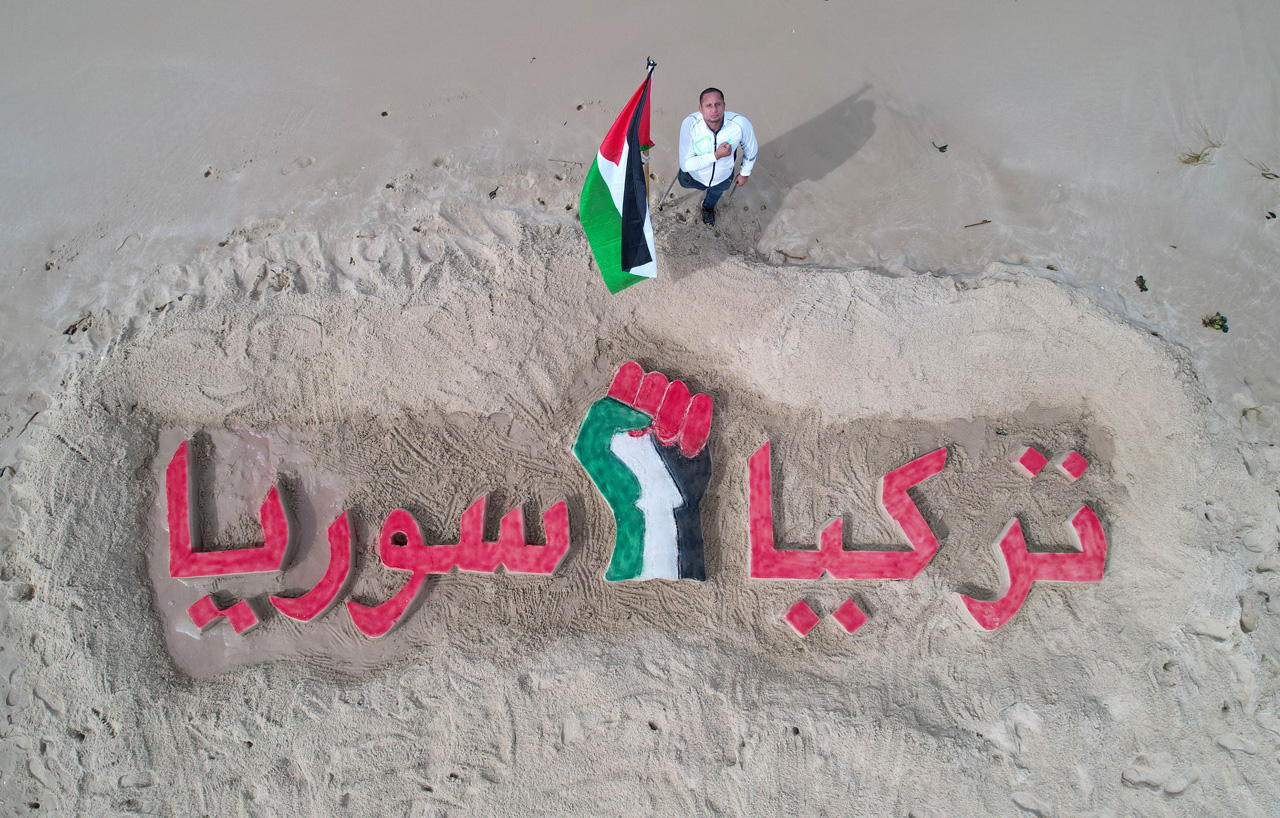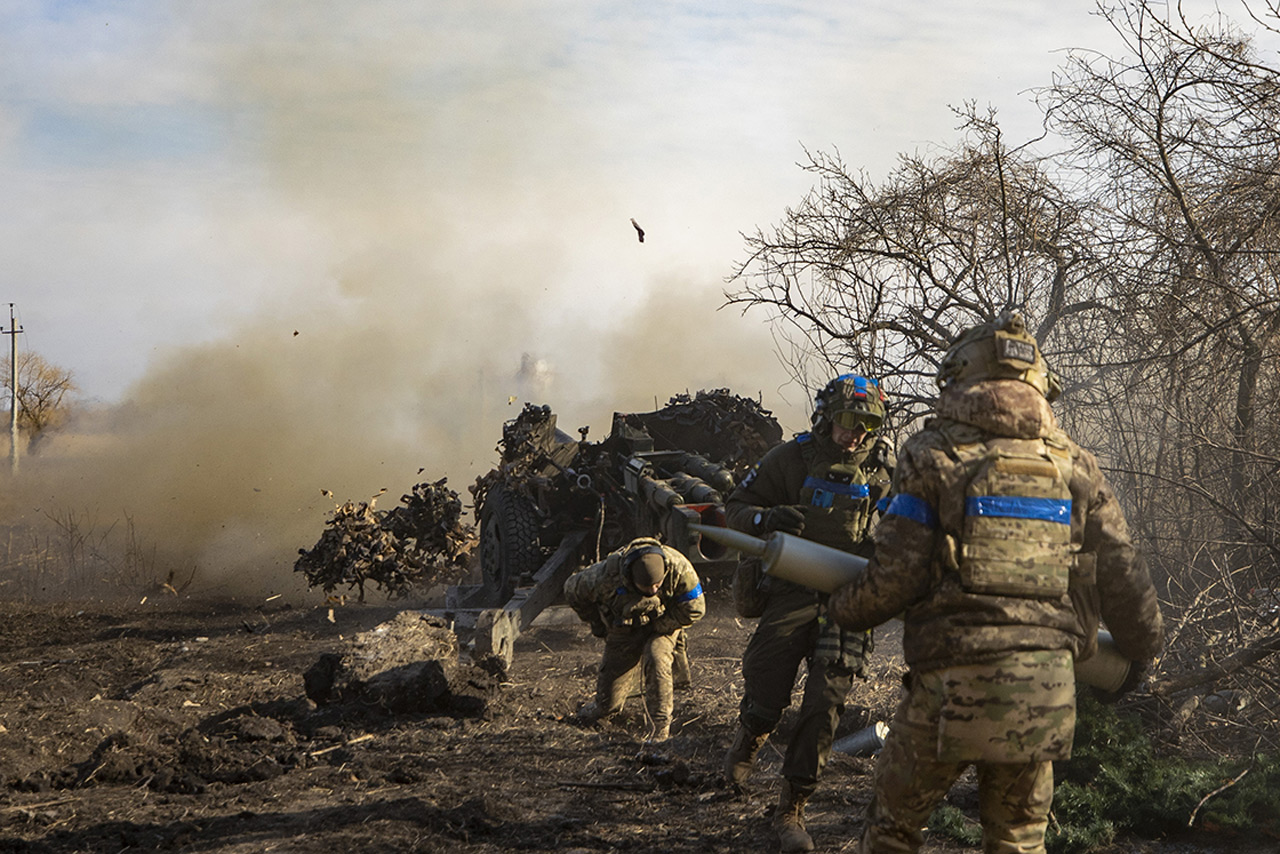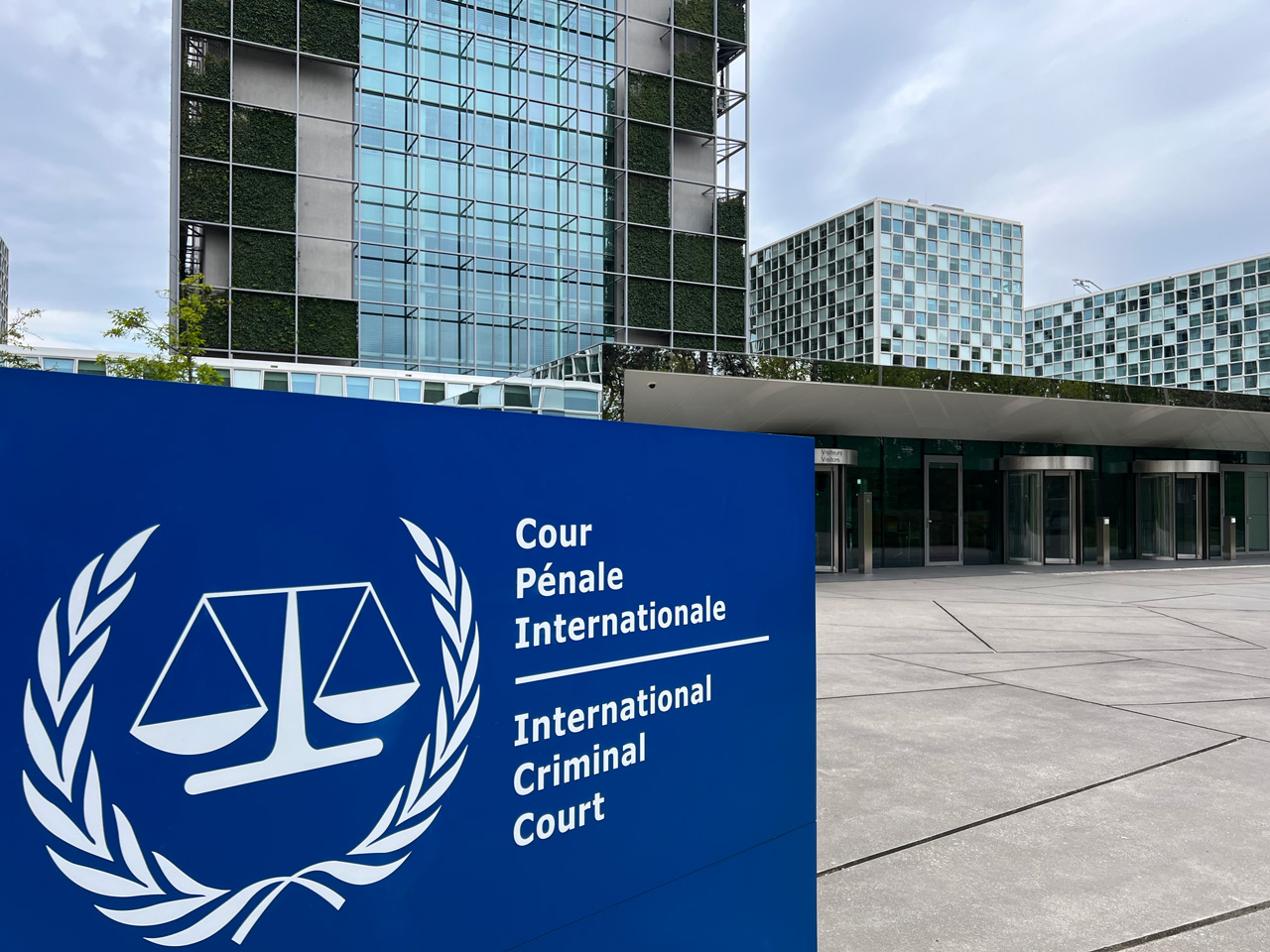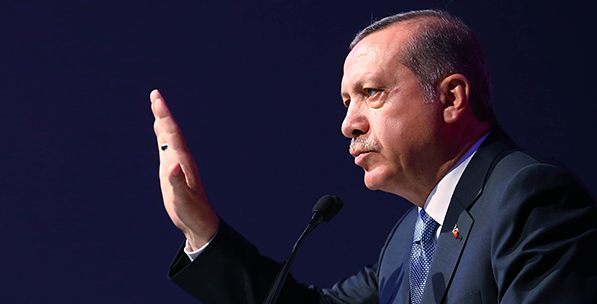
President Erdoğan's Political Road Map
The AK Party has a unique position in Turkey's politics. The fact that leadership change, which had devastating effects on many political movements before, went smoothly here supports this view. Needless to say, Erdoğan deserves some credit for the smooth transition.
Share
On May 22, the Justice and Development Party (AK Party) will hold an emergency extraordinary congress to replace the chairman and prime minister, Ahmet Davutoğlu. At a press conference on Thursday, the prime minister announced that he will not run in the new leadership contest. Davutoğlu's departure had been talked about in Ankara's backrooms for months.
In light of the most recent developments, many people found themselves asking two questions:
1. What went wrong in the relationship between President Recep Tayyip Erdoğan and Davutoğlu, who are two like-minded politicians with similar backgrounds?
2. What will the AK Party do in the future? In other words, what is Erdoğan's game plan?
The answer to the first question provides valuable insight to answer the second.
Recently, there has been plenty of talk about the rift between the president and prime minister. Some people argued that there had been problems since 2015. Others claimed that the Erdoğan chairing Cabinet meetings along with problems over bureaucratic and party-level appointments paved the way to Davutoğlu's resignation. I have no doubt that people will start telling all kinds of stories based on their personal experiences soon. But the personal relationship between Erdoğan and Davutoğlu hardly accounts for what happened. If anything, the similarities between the two politicians effectively kept a lid on tensions.
Davutoğlu's resignation shows that Turkey's political system is experiencing an unprecedented, structural crisis. At this point, it is unclear how the president and prime minister - both elected officials exercising executive power - are supposed to share political power.
It started in August 2014, when then Prime Minister Erdoğan became Turkey's first directly elected president, as all his predecessors had been picked by Parliament. At the time, there were three road maps available to the country.
First, the president could remain a largely ceremonial figure, leaving government to the prime minister as per the traditional model. The problem, however, was that a popularly elected president, who would be up for reelection in five years, could not just watch the game from the sidelines. Before the presidential race, Erdoğan made it clear that he intended to remain actively involved in government.
The second option, which Turkey picked, entailed an active president and a relatively influential prime minister. Over the past 20 months, Davutoğlu remained a key player in politics, but in the end, it has become clear that this model was not sustainable.
The third and final option involves a strong president and a relative weak prime minister tasked with coordinating the actions of Cabinet members. Simply put, we are talking about a de facto semi-presidential system. Davutoğlu's successor will know what he or she is signing up for, which takes me to the second question.
Tags »
Related Articles

